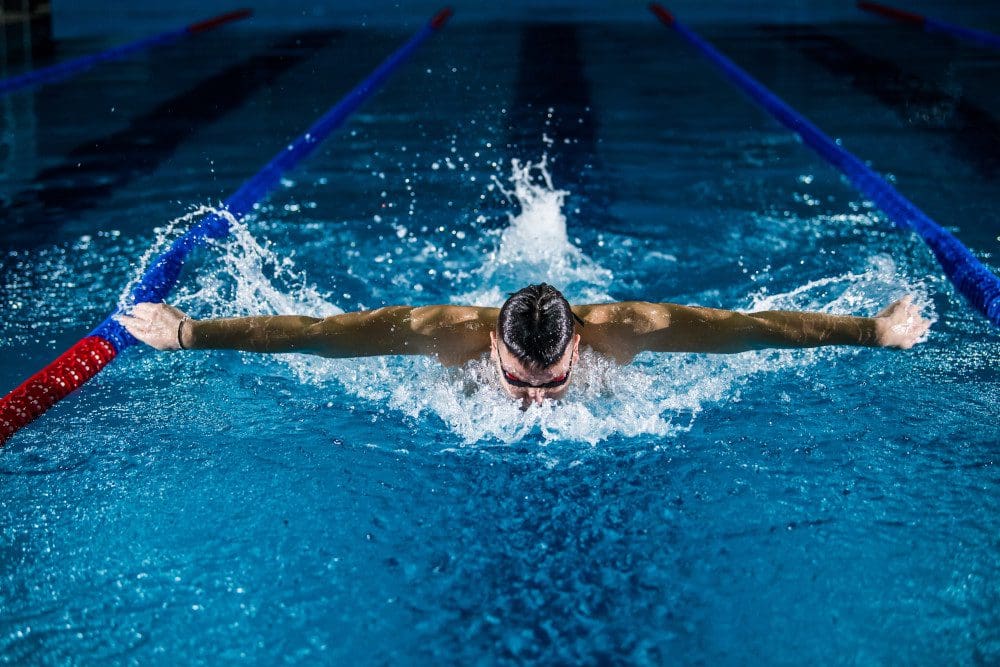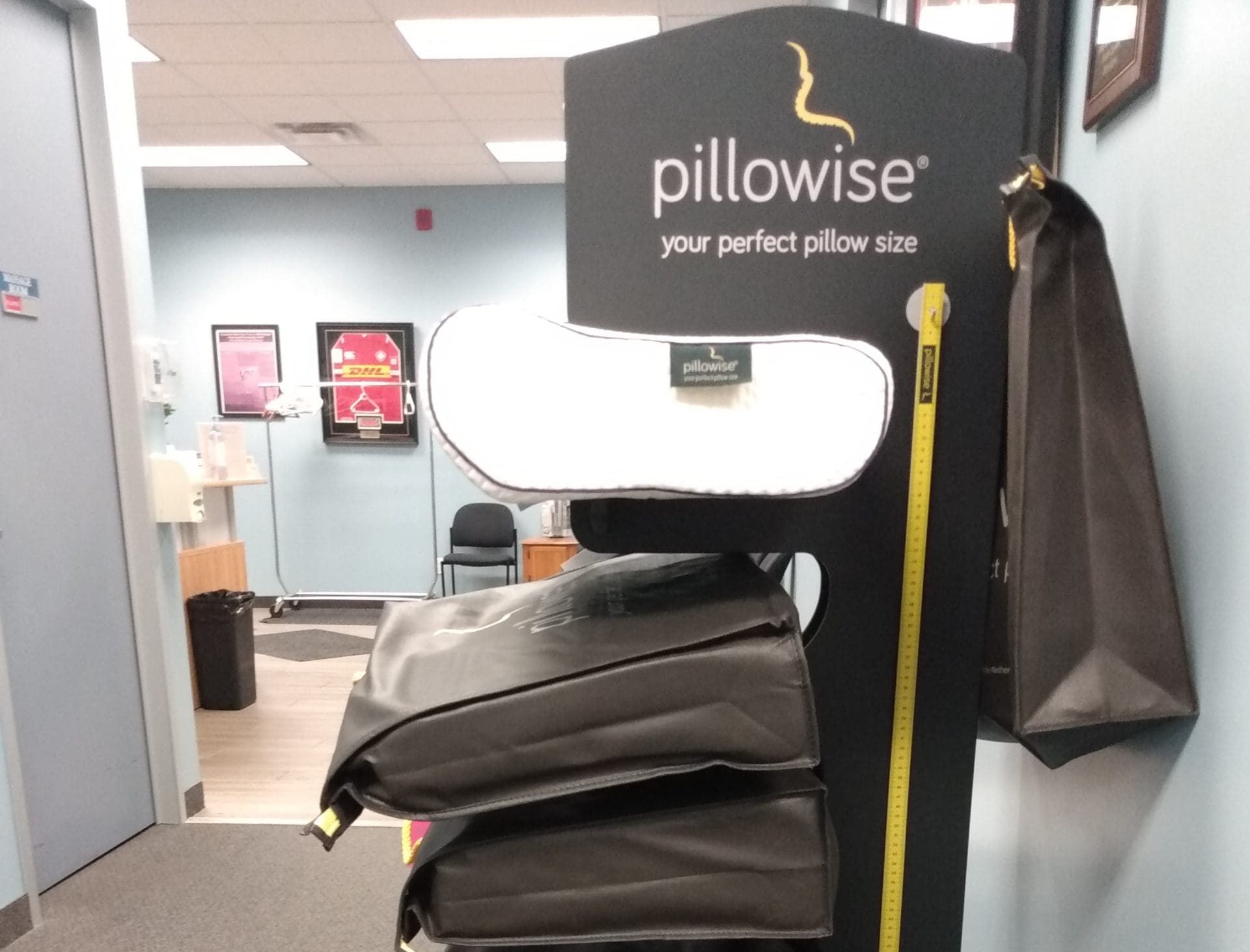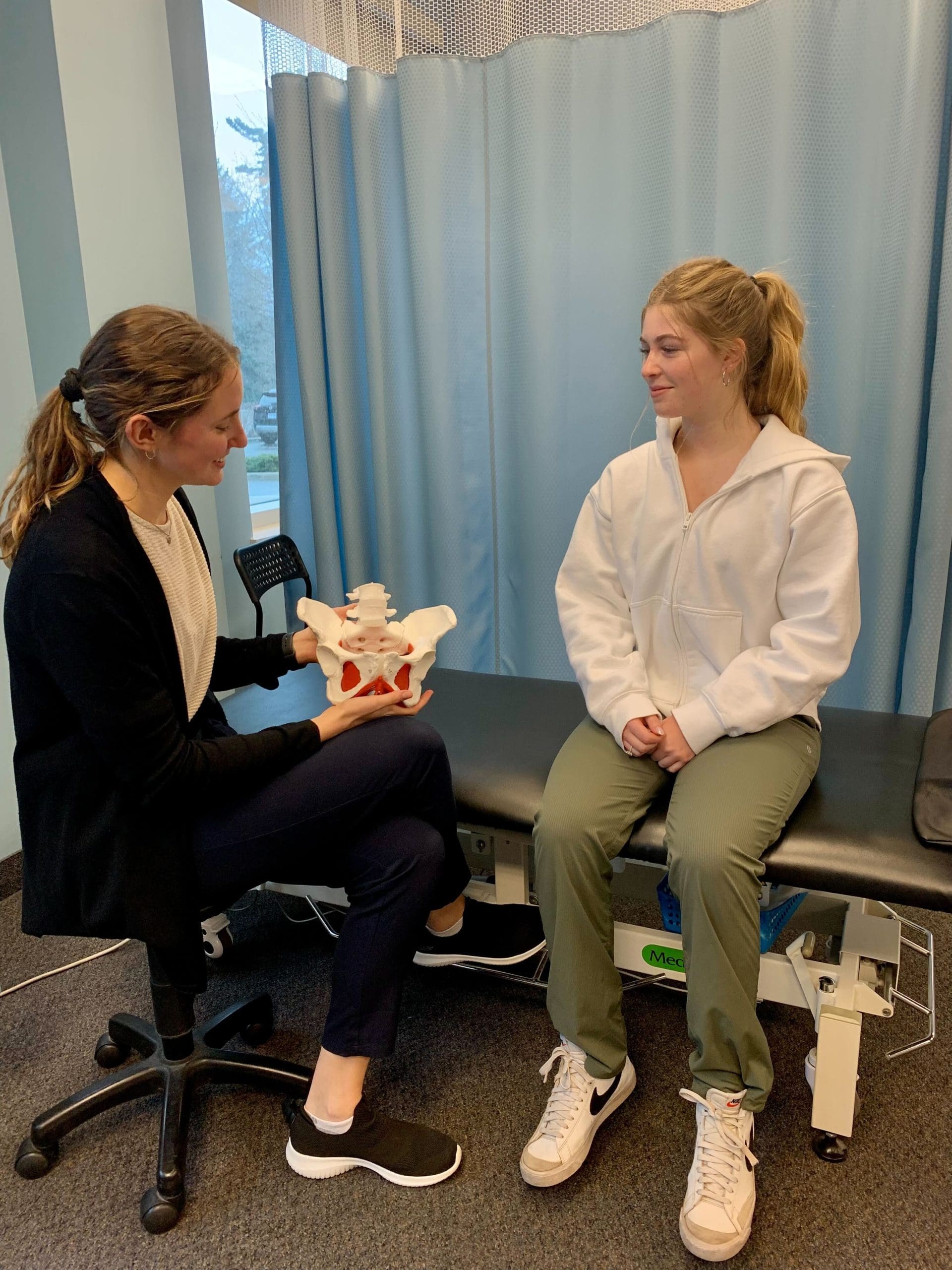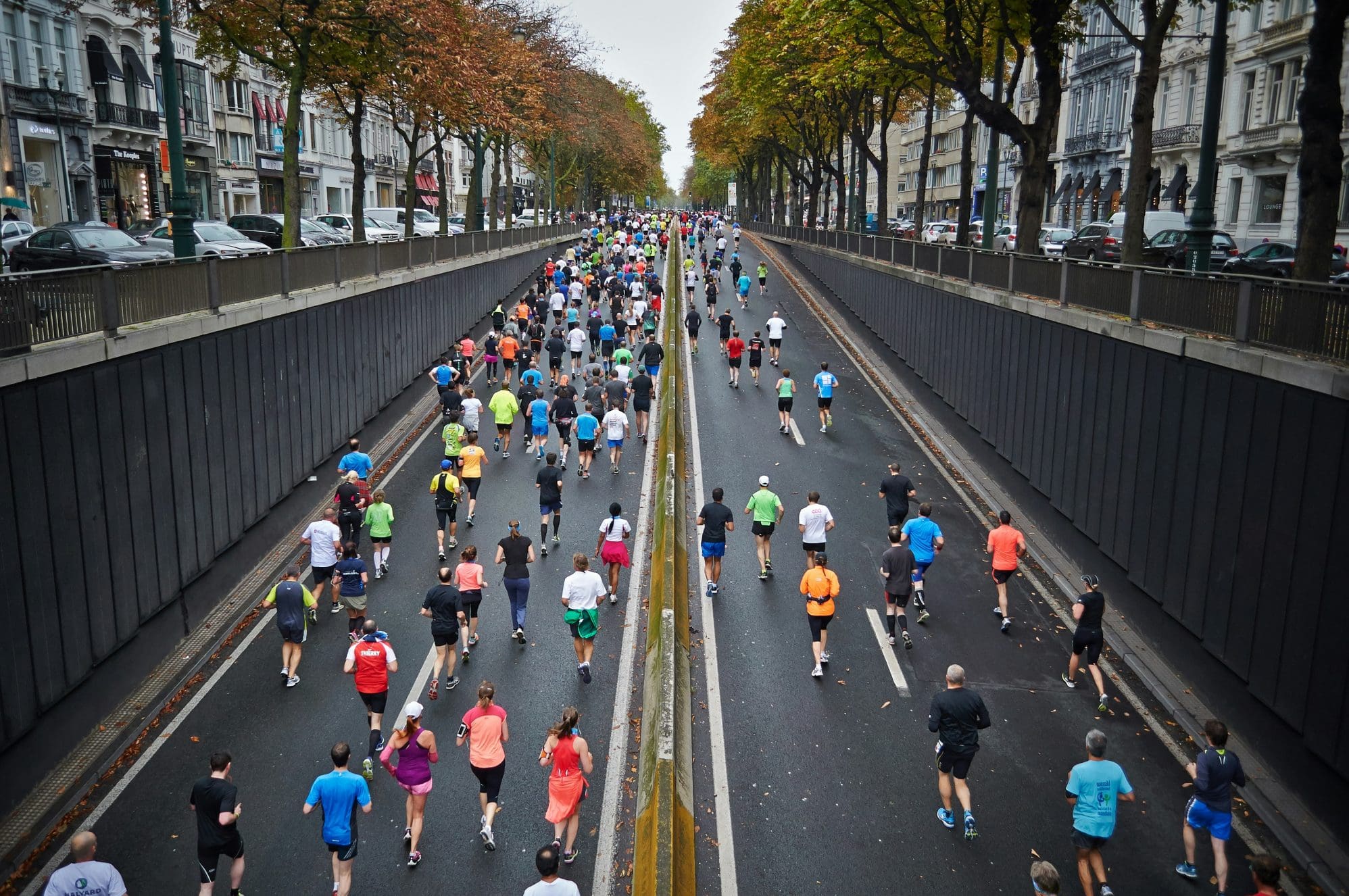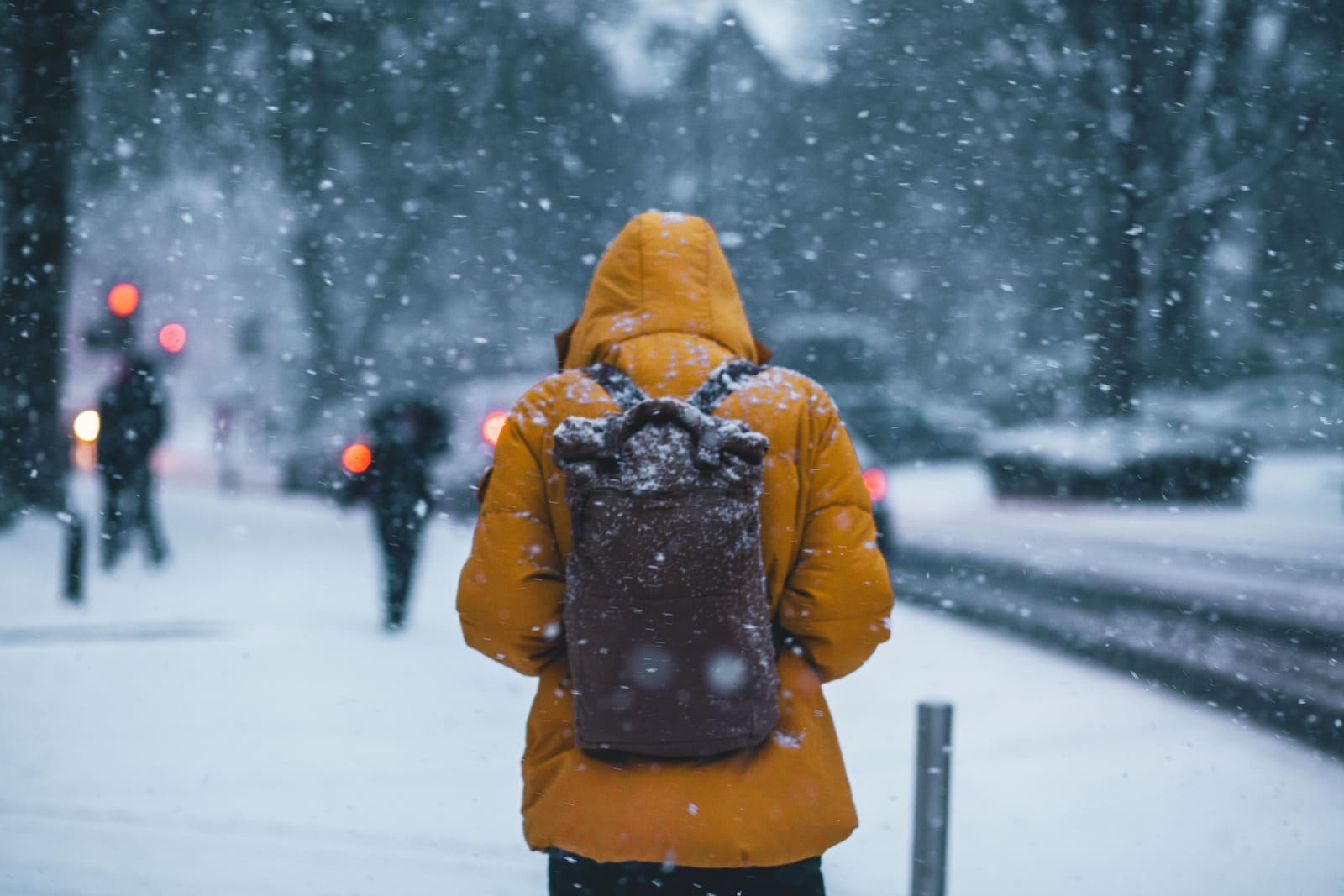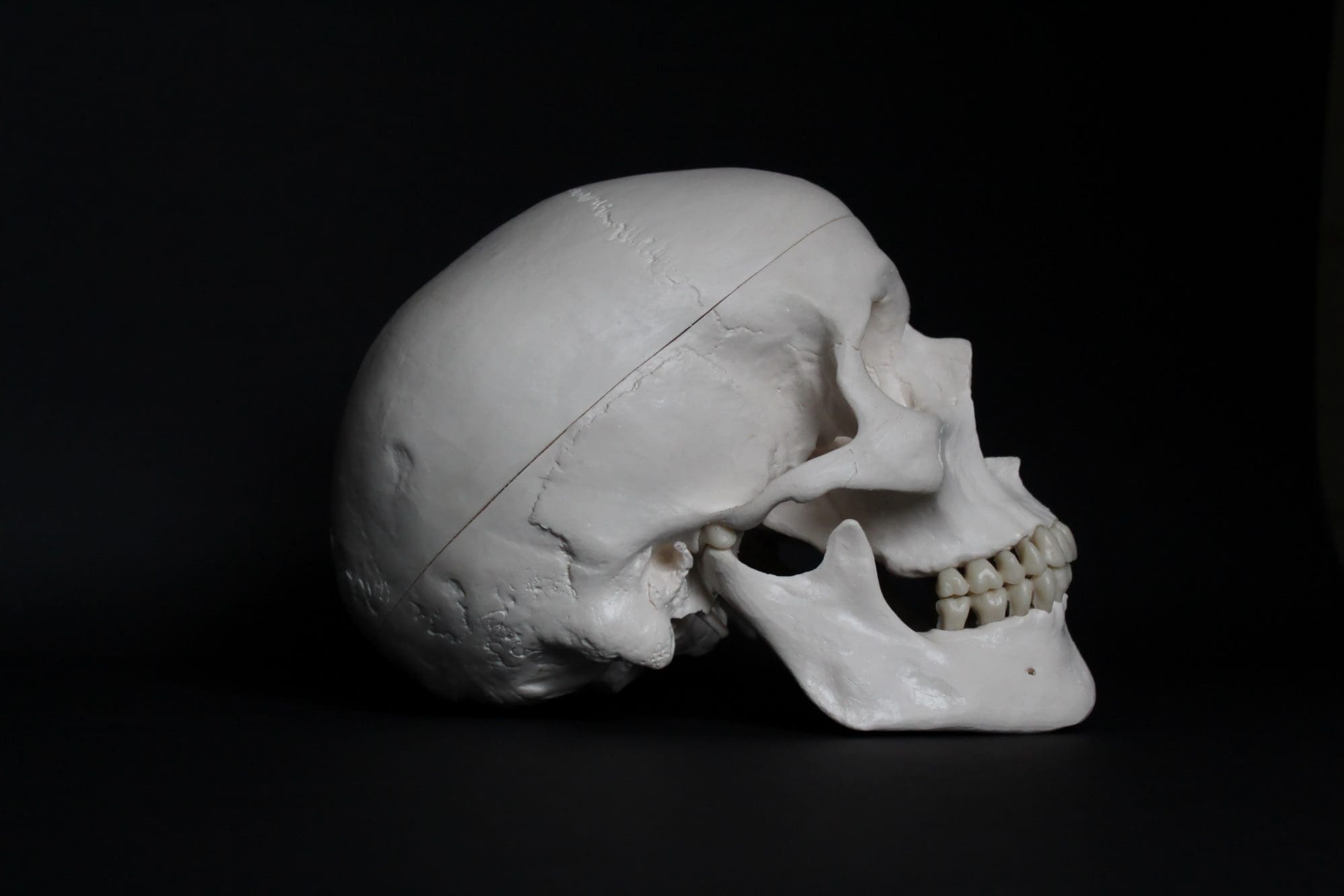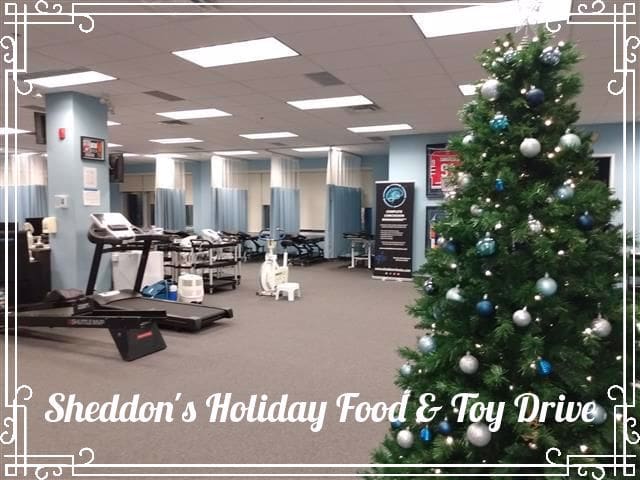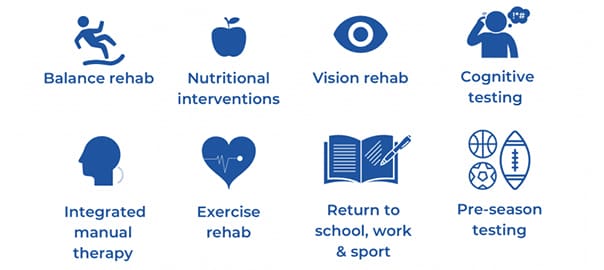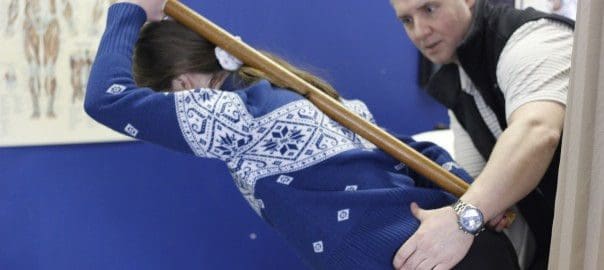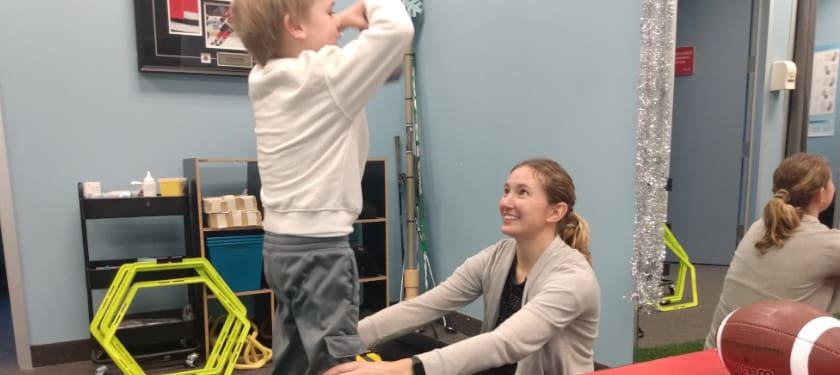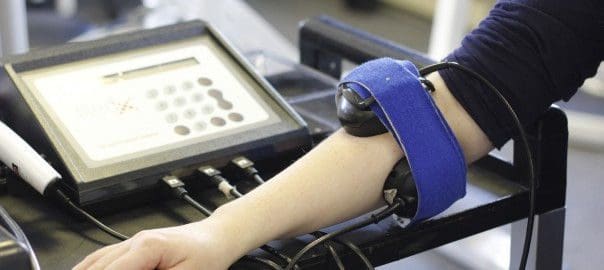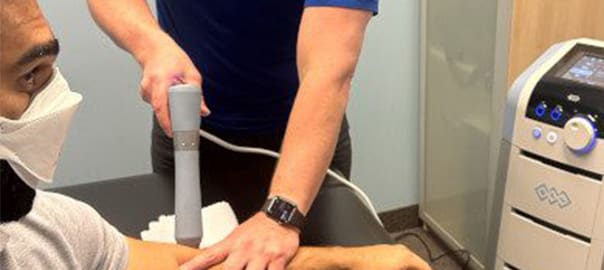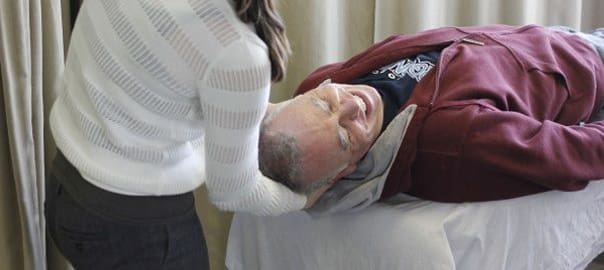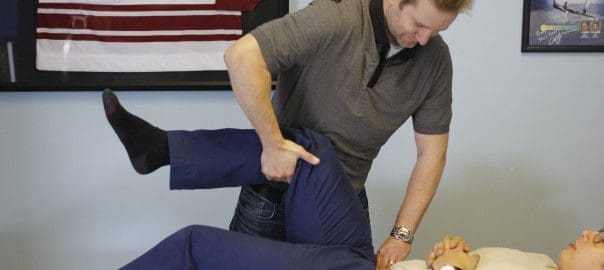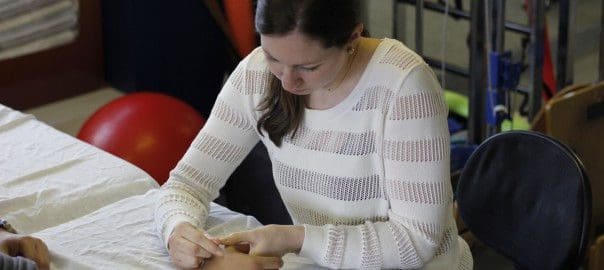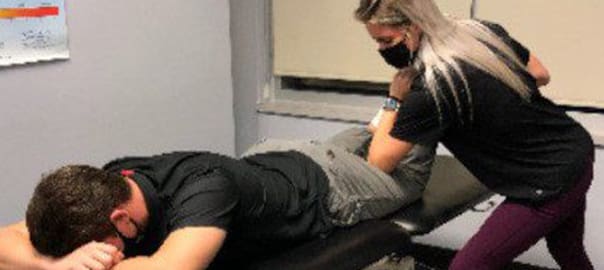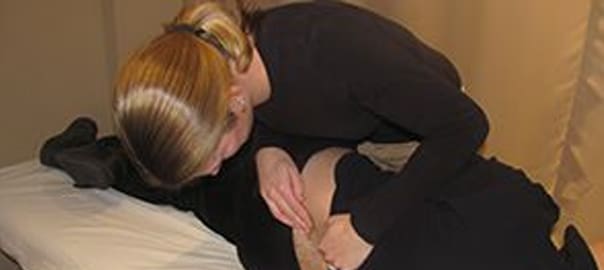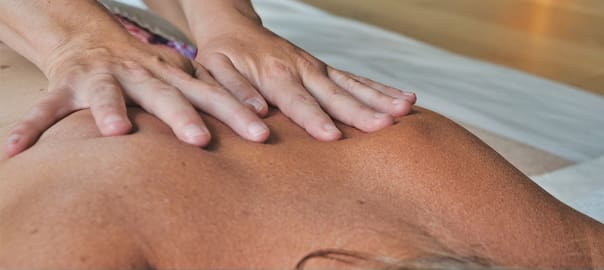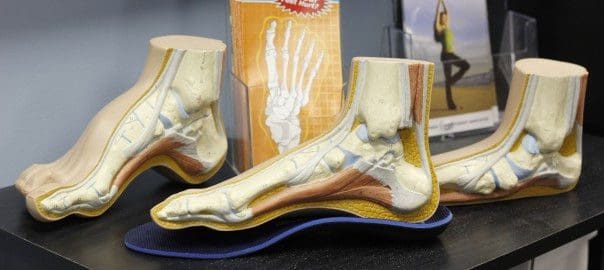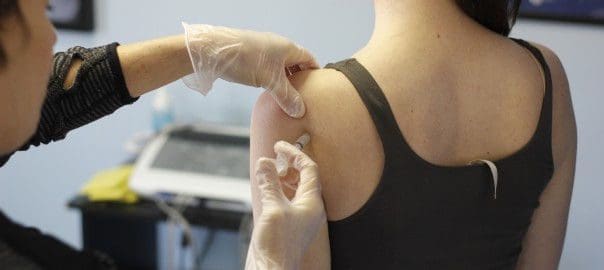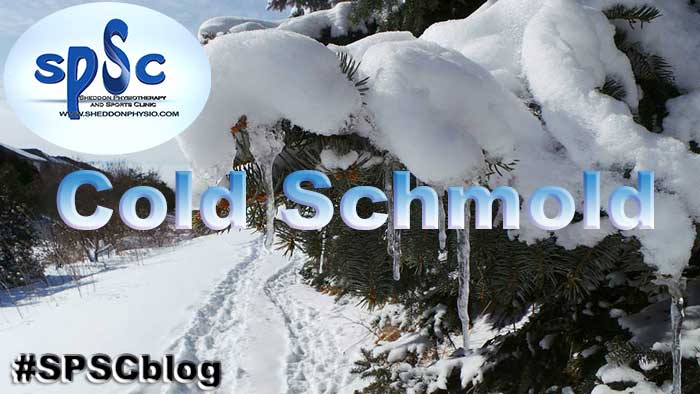

Note: Are you an athlete or a weekend warrior living in Oakville or Burlington and you know you do not perform at your peak? Check with our physiotherapists from the Oakville and Burlington physio clinics.
Hypothermia
Hypothermia develops when heat loss exceeds heat production. Mild hypothermia is characterized by shivering, dizziness, nausea, quick breathing, confusion, increased heart rate, lack of coordination and fatigue. Coaches and athletes need to be aware of these signs and symptoms in order to prevent further injury. As moderate to severe hypothermia sets in, you will notice lack of coordination, slurred speech, slow-shallow breathing, weak pulse, drowsiness and confusion. Moderate-severe hypothermia can be life-threatening and requires immediate medical attention.
Risk Factors:
- Energy depletion/fasting: Shivering is a protective response to produce heat through muscle activity. Food restriction and energy depletion have been shown to impair the shivering response, thus increasing the risk for hypothermia;
- Lack of sleep/fatigue;
- Wet clothing from sweat, wind, immersion in water and exercise in rain;
- Low body fat – Athletes with a higher percentage of body fat can maintain core temperatures better than leaner athletes;
- Age – People over the age of 60 and young children are both at increased risk for hypothermia.
Prevention:
Clothing: Clothing plays a major factor in the prevention of hypothermia. Layers are the best option in order to avoid overheating and prevent excessive sweating, while staying warm and dry. Your base layer should be lightweight polyester/polypropylene, which should not readily absorb moisture (cotton would be a bad choice for a base layer), but should wick moisture to the outer layers where it can evaporate. The middle layer should be polyester fleece or wool, which provides the insulation and warmth. The outer layer should be a shell, which will repel wind and rain and have venting to allow for moisture to escape.
Food and Fluid Intake: Surprisingly, all those extra layers, heavy gear and shivering can make you expend more energy compared to the same exercise done in warmer weather. Furthermore, dehydration in cold weather is common, since thirst is normally less noticeable in colder weather. Ensure adequate fluid and food intake prior to, during and after exercise.
Frostbite
Frostbite is most common in exposed skin, such as the nose, ears and cheeks, as well as the fingers and toes. The first sign of frostbite is numbness in the body part. While warming up of the area, people will experience pain, burning, tingling and aching. The skin will appear red, then turn white, with possible blisters, depending on the severity.
Risk Factors:
- Inadequate clothing;
- Wetness;
- Tight boots or constrictive clothing;
- Wind chill and cold temperatures.
Prevention: Windchill plays a major factor in temperatures below -27, whereby frostbite can occur in less than 30 min. Clothing is your best option for prevention with dry, warm clothing and layers being the most important. Mittens provide more protection than gloves. Also remember to keep your gloves, socks, scarves and hats dry. If exercise has made these garments sweaty and damp, you will be at an increased risk for frostbite. Have extra gear if you get wet or sweaty, or take off some layers as you start to overheat.
Cold-Induced Asthma
Cold-induced asthma is caused by a narrowing of the airways while exercising in cold weather. It can occur to individuals with asthma, as well as those who don’t have it, but are sensitive to changes in temperature and humidity. Symptoms include shortness of breath, tightness in the chest and coughing/wheezing.
Risk Factors:
- Athletes working out at high intensities;
- Athletes in indoor ice rinks.
Prevention: Although there are not many preventive measures, one way to help combat this issue is to wear a scarf that covers your mouth and nose in order to help warm the air before being breathed in.
Slips and Falls
Slips and falls on ice can hurt your ego and lead to a number of injuries, including broken wrists, pulled muscles and bruised tailbones. The icy/slippery sidewalks and roads can make outdoor exercise tricky. Make sure your footwear has good traction and grip. Be extra cautious, slow your pace and focus on the ground ahead. Adding some balance and proprioception exercises into your daily regime can also help keep you on your feet when you hit slippery terrain.
Young et al., 2006. American College of Sports Medicine position stand: Prevention of cold injuries during exercise. Medicine and Science in Sports and Exercise.
For more info, contact Sheddon Physiotherapy and Sports Clinics in Oakville and Burlington at 905-849-4576.
We are located less than 10 min from Sheridan College Oakville and 4 min East from Oakville & Milton Humane Society.
The Burlington physio clinic is located only 5 min west of Spencer Smith Park and 6 min north-west of Burlington Beach, on Plains Rd East.

